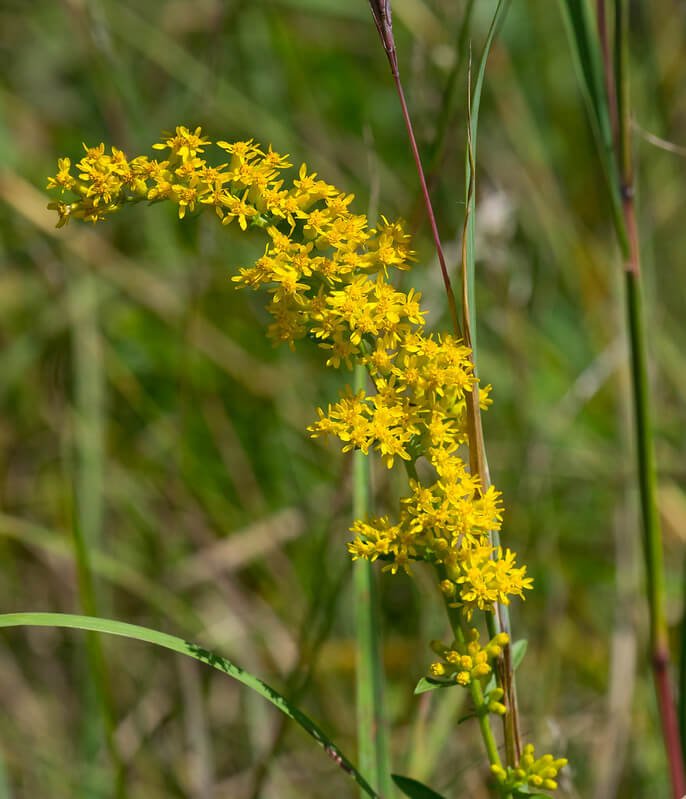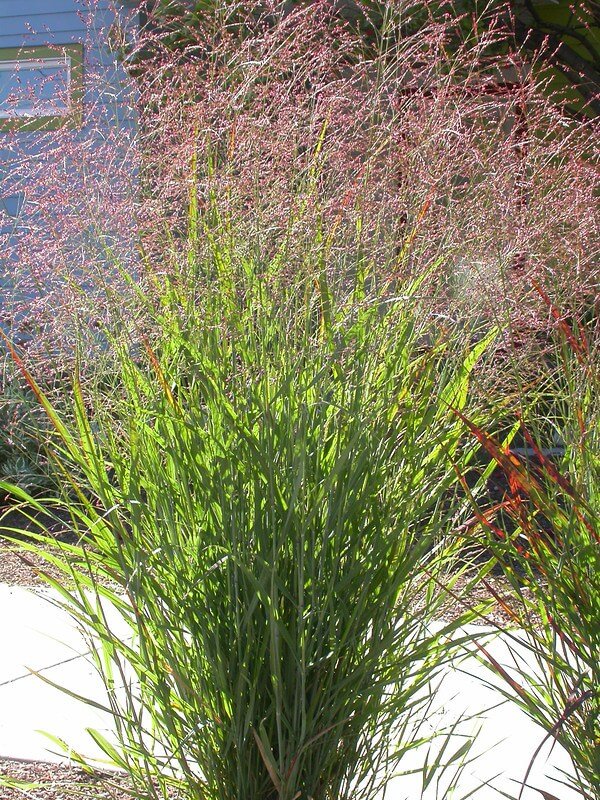Lowbush Blueberry (Vaccinium angustifolium)
What a great plant to have on the landscape! The value of this Lowbush Blueberry to wildlife is high. The flowers attract many different kinds of bees including 11 specialist bees (Johnson and Colla, 2023). It is the host plant to the Red-Spotted Purple and 282 other species of butterflies and moths in our area, including the threatened Doll’s Merolonche and Henry’s Elfin (nwf.org) (mnfi.anr.msu.edu). Many birds love the fruit (bird table) (Audubon.org) and so do humans! In optimal conditions, Lowbush Blueberry can form large colonies providing protective cover for ground-nesting birds and other wildlife, including the endangered Kirtland's Warbler (illinoiswildflower.info). It does prefer a more acidic soil for best berry production.
Photo credit: Paul VanDerWerf
What a great plant to have on the landscape! The value of this Lowbush Blueberry to wildlife is high. The flowers attract many different kinds of bees including 11 specialist bees (Johnson and Colla, 2023). It is the host plant to the Red-Spotted Purple and 282 other species of butterflies and moths in our area, including the threatened Doll’s Merolonche and Henry’s Elfin (nwf.org) (mnfi.anr.msu.edu). Many birds love the fruit (bird table) (Audubon.org) and so do humans! In optimal conditions, Lowbush Blueberry can form large colonies providing protective cover for ground-nesting birds and other wildlife, including the endangered Kirtland's Warbler (illinoiswildflower.info). It does prefer a more acidic soil for best berry production.
Photo credit: Paul VanDerWerf
What a great plant to have on the landscape! The value of this Lowbush Blueberry to wildlife is high. The flowers attract many different kinds of bees including 11 specialist bees (Johnson and Colla, 2023). It is the host plant to the Red-Spotted Purple and 282 other species of butterflies and moths in our area, including the threatened Doll’s Merolonche and Henry’s Elfin (nwf.org) (mnfi.anr.msu.edu). Many birds love the fruit (bird table) (Audubon.org) and so do humans! In optimal conditions, Lowbush Blueberry can form large colonies providing protective cover for ground-nesting birds and other wildlife, including the endangered Kirtland's Warbler (illinoiswildflower.info). It does prefer a more acidic soil for best berry production.
Photo credit: Paul VanDerWerf
Life Cycle: Perennial
Sun Exposure: Full, Light Shade
Soil Moisture: Medium-Dry, Dry
Height: 1-2 feet
Plant Spacing: 3-6 feet
Bloom Time: May-June
Bloom Color: White
Advantages: Bird Favorite, Caterpillar Favorite, Pollinator Favorite
Host Plant: Red-Spotted Purple and 282 other species of butterflies and moths in our area (nwf.org)
Specialist Bee: Andrena bradleyi, A. Carolina, A. kalmiae, Colletes Validus, C. productus, Panurginus atramontensis, Perdita obscurata, Habropoda laboriosa, Osmia virga, Melitta americana, and M. eickworti (Johnson and Colla, 2023)
Beneficial for Endangered or Threatened Species: Doll's merolonche (Merolonche dolli) (mnfi.anr.msu.edu) and Henry's elfin (Incisalia Henrici) (mnfi.anr.msu.edu)
Resource: Johnson, Lorraine, and Sheila Colla. A Northern Gardener’s Guide to Native Plants and Pollinators: Creating Habitat in the Northeast, Great Lakes, and Upper Midwest. Island Press, 2023






